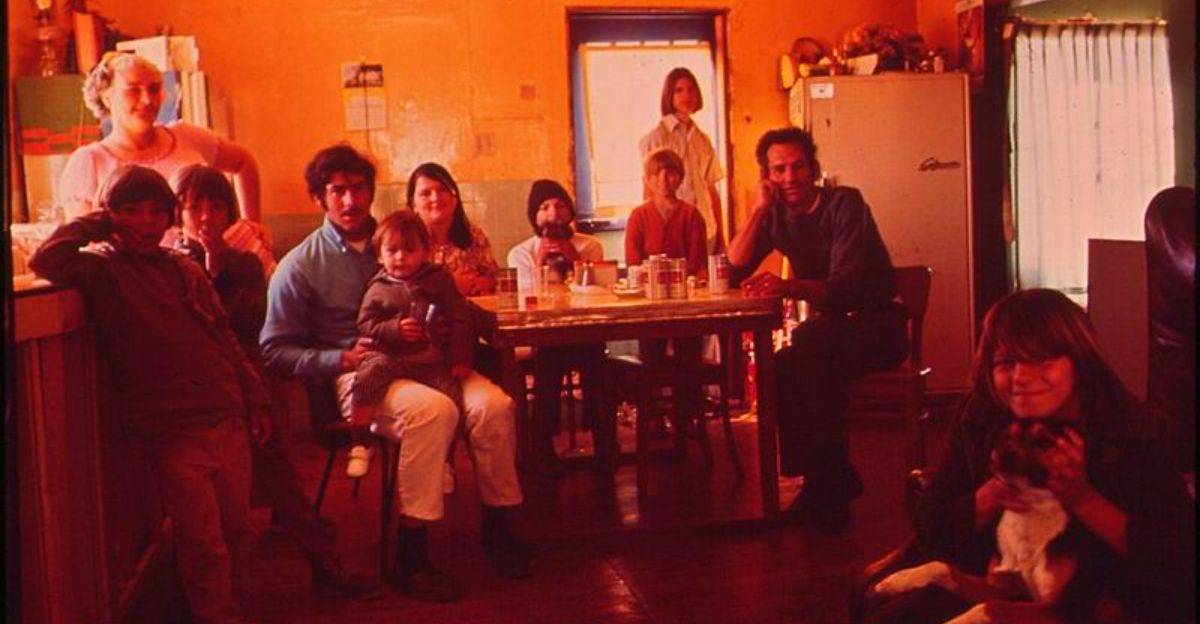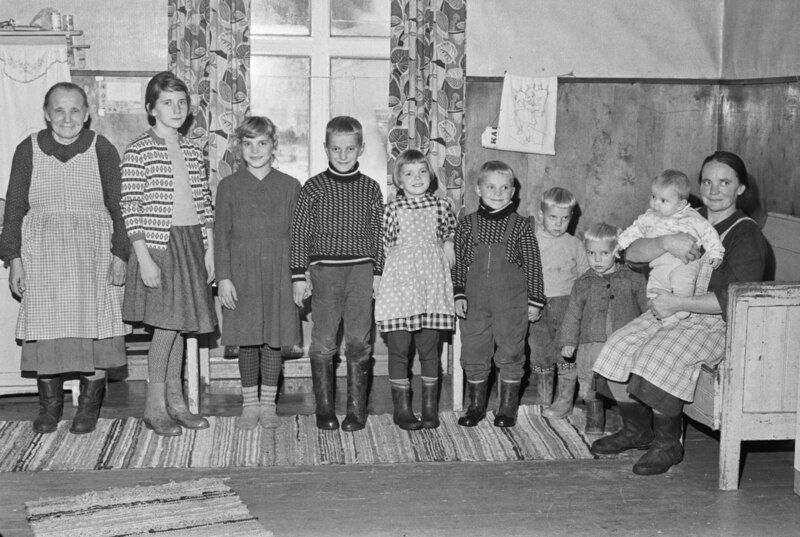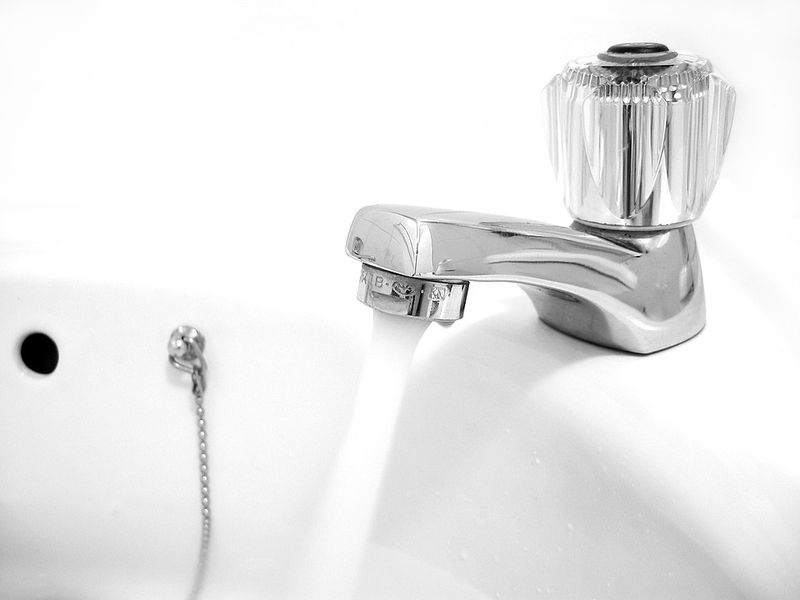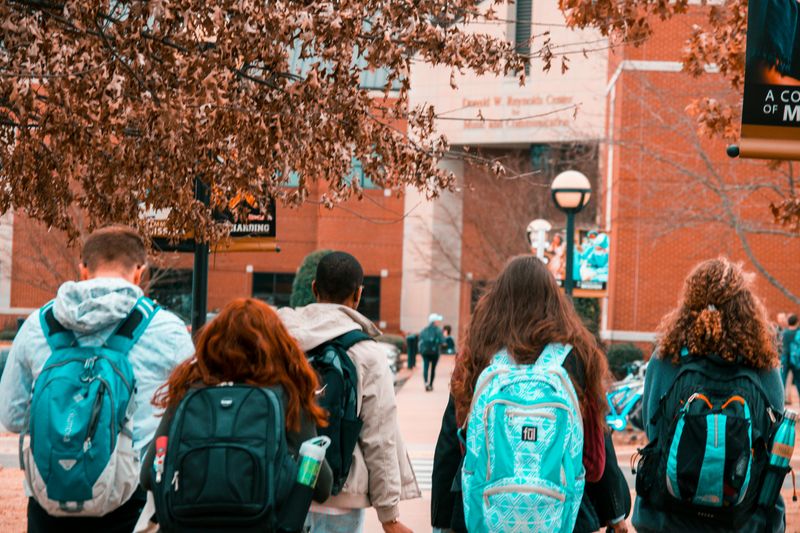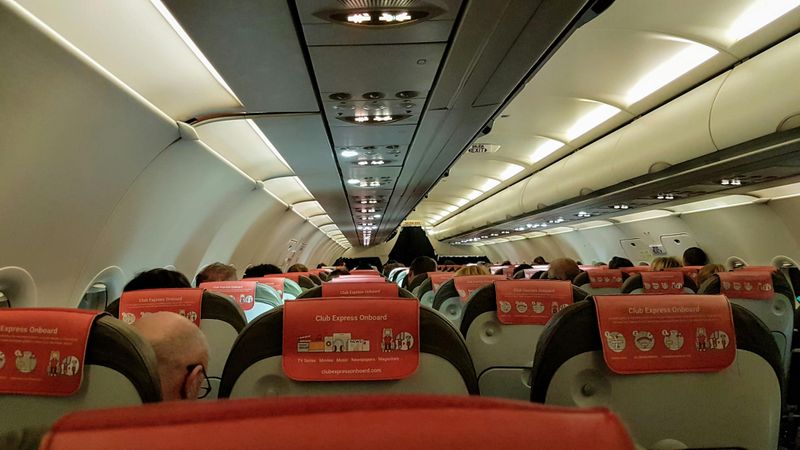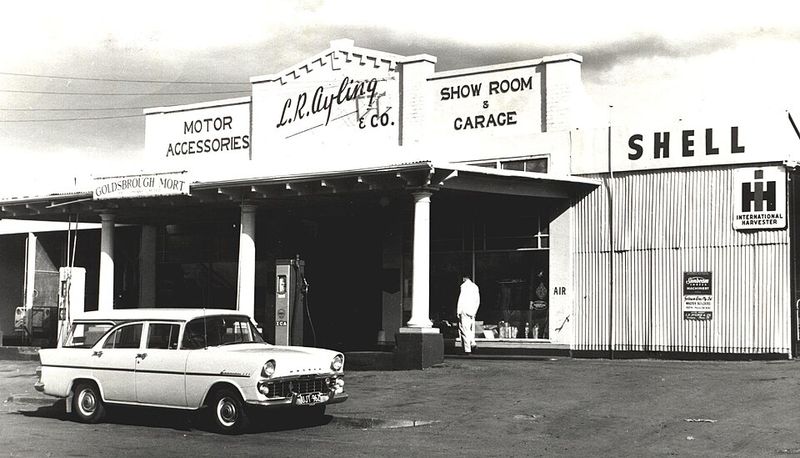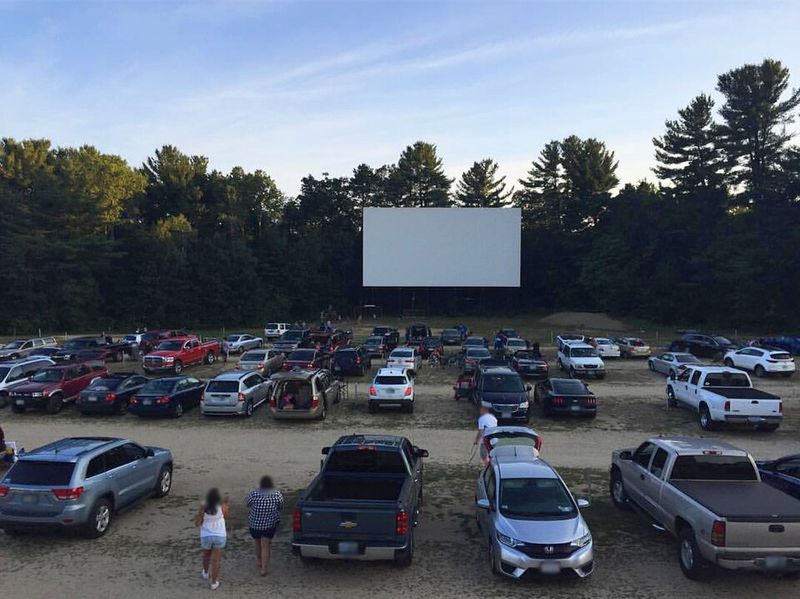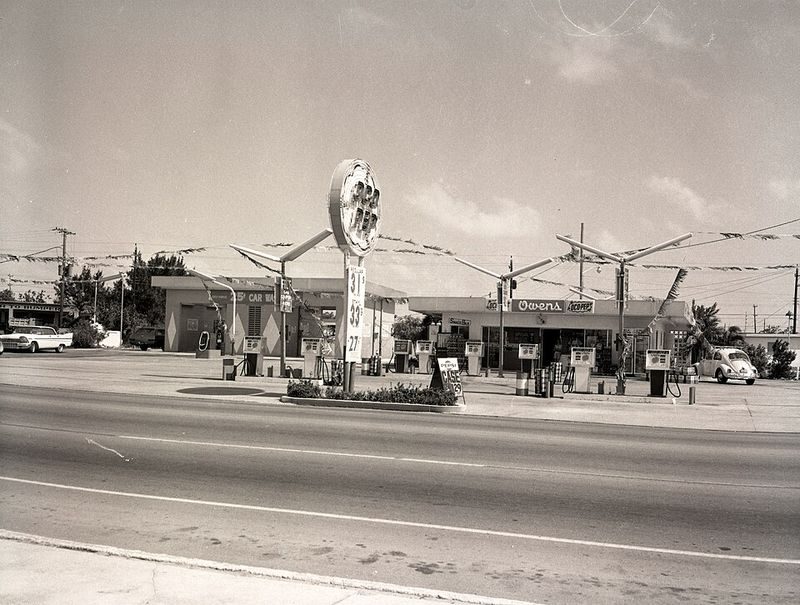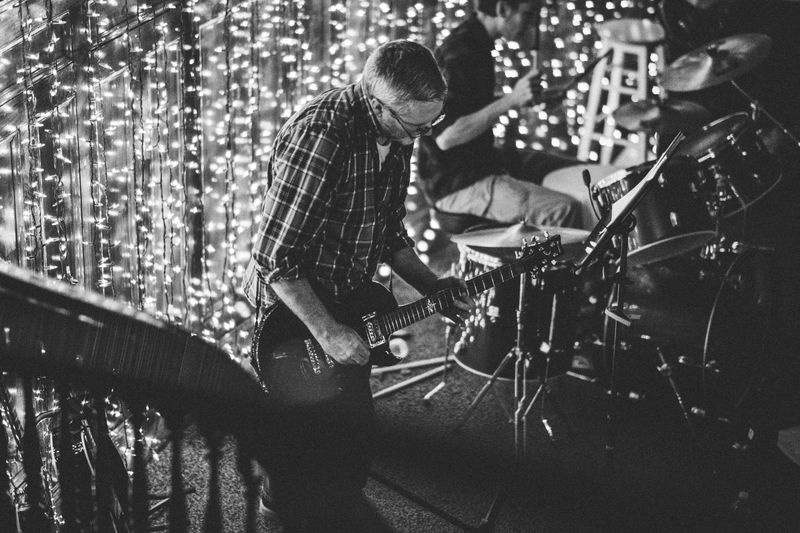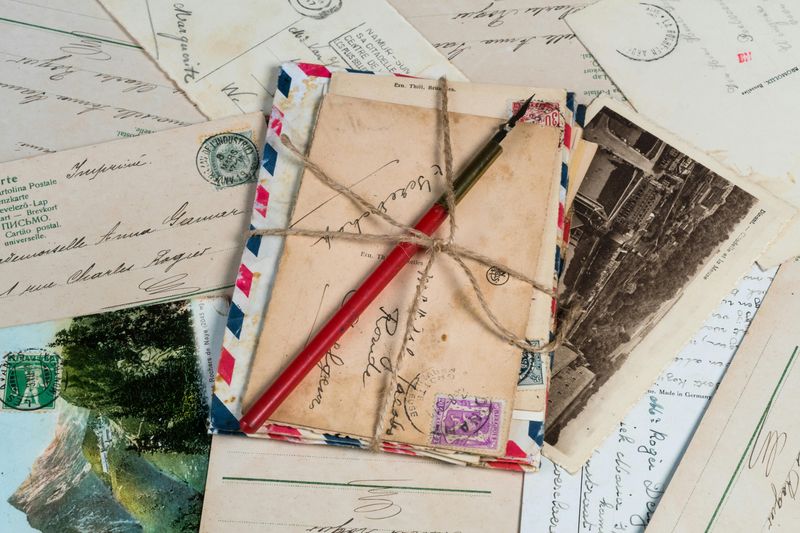Boomers experienced a world where simple pleasures and conveniences were plentiful. Today, many of these ordinary aspects of life feel like rare luxuries. Here’s a look at 20 things Boomers enjoyed that are now cherished rarities.
1. Affordable Homes
In the 1960s, buying a home was a realistic dream for many. Homes were affordable and often cost just a few times the annual salary. Young couples started families in neighborhoods where houses were more than just structures – they were home.
Today, homeownership is a distant dream for many younger people. In cities, housing prices have skyrocketed, making it difficult to purchase property without significant financial strain.
This shift from attainable to aspirational highlights growing economic disparities. The suburban expansion allowed Boomers to build wealth through property, a luxury not easily available today.
2. One Income Supporting a Family
Once upon a simpler time, a single paycheck covered most family expenses. Fathers went to work while many mothers stayed home, creating a balanced household environment. This model fostered close-knit family interactions.
Today, two incomes are often essential just to make ends meet. The cost of living has increased substantially, making single-income households rare.
The dual-income necessity has reshaped family dynamics and work-life balance. Economic pressures have transformed what was once ordinary into a modern-day rarity.
3. Free Tap Water Without Fear
For Boomers water purity was a given. Tap water was trusted, available, and free.
Today, the bottled water industry thrives, and many invest in filters to ensure safety. The transformation reflects growing concerns over pollution and the need for clean water.
Hydration has become a commercialized necessity. The days of worry-free tap usage feel like a luxury of the past.
4. Unplugged Weekends
Weekends were truly restful without constant digital interruptions. Families gathered for picnics, games, or simply relaxed at home. The absence of smartphones allowed for genuine connection and leisure.
Today, digital detoxes are sought after, as constant connectivity creates stress. Notifications, emails, and social media demand attention, making relaxation a luxury.
Recreating such unplugged experiences often requires deliberate effort. This shift demonstrates how technology has redefined our understanding of leisure and rest.
5. Affordable College Tuition
Once, college tuition was a manageable expense for many families. Public universities were accessible, costing just a few hundred dollars per year. Higher education opened doors without locking graduates into debt.
Today, tuition can exceed $10,000 annually even for in-state students, creating significant financial burdens. Student loans have become an unwelcome rite of passage.
This economic shift has made higher education less accessible, turning what was once commonplace into a financial challenge. The dream of a debt-free degree is fading.
6. Real Customer Service
Calling for help once meant speaking to a real person. Boomers enjoyed the ease of resolving issues directly with attentive customer service. Long wait times and frustrating automated menus were unheard of.
Today, customer service often involves navigating endless menus and dealing with chatbots. Personal interaction has diminished, replaced by impersonal technology.
This evolution reflects a loss of human touch in service industries. Real conversations with representatives are now a nostalgic memory of a simpler era.
7. Airline Travel with Legroom
Flying was once a glamorous experience, with spacious seats and complimentary meals. Passengers enjoyed room to stretch and relax during their journey. It was an era when air travel felt exclusive.
Today, airlines charge extra for basic comforts. Legroom has shrunk, and meals have become a luxury instead of standard.
This shift underscores the commodification of air travel. The decline in passenger comfort highlights changing priorities in the industry, turning once-standard amenities into extras.
8. Neighbors Who Knew Each Other
Neighborhoods were vibrant communities where people knew each other’s names. Children played together, and families shared meals and stories. It was a time of social connection and mutual support.
Today, many people barely know their neighbors. The sense of community has faded, replaced by digital interactions.
This transformation highlights a loss of social cohesion. The nostalgia for neighborly bonds reflects a yearning for the communal spirit that once defined neighborhood life.
9. Repair Shops Everywhere
Repairing was the norm, with shops available for almost any broken item. Boomers fixed shoes, appliances, and electronics, valuing durability and longevity.
Today, products often cost more to repair than replace. The throwaway culture has diminished the presence of repair shops.
This change represents a shift towards convenience over sustainability. The art of repairing has become a lost skill, making self-reliance a rarity.
10. Full-Size School Lunches
School lunches were hearty and nutritious, prepared with care. Boomers remember flavorful cafeteria meals that filled them up and fueled their day.
Today, processed foods and budget constraints have altered school dining. Pre-packaged meals are common, lacking the warmth of home-cooked meals.
The decline in cafeteria quality reflects broader changes in food culture. Nostalgia for robust school lunches emphasizes a desire for wholesome, satisfying meals.
11. Quiet Public Spaces
Public spaces were tranquil retreats for reflection and relaxation. Parks, buses, and cafes offered solace without digital distractions. Boomers enjoyed moments of peace and quiet.
Today, noise from devices disrupts these spaces. Bluetooth headsets and loudspeakers fill the air, making silence a luxury.
This change underscores a shift in social behavior. The nostalgia for peaceful public spaces reflects a longing for uninterrupted quietude.
12. Drive-In Theaters
Drive-ins offered affordable entertainment under the stars. Families and friends gathered in their cars for a night of movies and snacks. It was a popular, accessible way to enjoy cinema.
Today, drive-ins are rare, replaced by multiplexes and streaming services. The communal aspect of watching films in open air has diminished.
The decline of drive-ins symbolizes a change in entertainment consumption. The nostalgia for these venues reflects a desire for shared, simple pleasures.
13. Cashiers at Every Store
Shopping involved friendly cashiers who rang up purchases and made small talk. Personal interaction at checkouts was a standard part of the experience.
Today, self-checkout kiosks are common. The human element of shopping has faded, replaced by automation.
This shift reflects a move towards efficiency over engagement. The nostalgia for cashier interactions highlights a loss of personal connection in everyday activities.
14. Gas Under a Dollar
For Boomers, gas was inexpensive, making travel accessible and enjoyable. Road trips were a beloved pastime.
Today, gas prices have soared, causing financial strain for many. The cost of driving has changed how we view transportation.
This transformation highlights the economic shifts affecting daily life. The affordability of gas is now a nostalgic memory of a less expensive era.
15. Doctors Who Made House Calls
Doctors once visited patients at home, offering personalized care and convenience. This practice built trust and comfort in medical relationships.
Today, house calls are rare, and appointments can require long waits. The personal touch has faded, replaced by clinical efficiency.
This change reflects broader shifts in healthcare delivery. The nostalgia for house calls highlights a yearning for intimate, caring medical interactions.
16. Job Security
Loyalty between employers and employees was a cornerstone of the workplace. Boomers often spent decades with a single company, enjoying job stability and growth.
Today, the gig economy has redefined career paths. Long-term positions are less common, and job security feels elusive.
This shift symbolizes changing workforce dynamics. The nostalgia for stable careers reflects a longing for certainty in an unpredictable job market.
17. Live Music Everywhere
Live music was a staple in local bars and parks, often free and accessible. Boomers danced and socialized to the sounds of live bands without cover charges.
Today, concerts can be costly, and live performances are often exclusive events. The accessibility of music has changed dramatically.
This evolution underscores shifts in entertainment value. The nostalgia for widespread live music reflects a desire for affordable cultural experiences.
18. Real Privacy
Before the digital age, privacy was the norm. People controlled their own information, and personal boundaries were respected.
Today, data collection and social media have eroded privacy. Tracking and oversharing are common, making true privacy rare.
This change highlights the impact of technology on personal space. The nostalgia for genuine privacy reflects a longing for control over one’s own life.
19. Cheap Postage and Reliable Mail
Sending a letter was simple and affordable. Boomers relied on the postal service for efficient communication, with stamps costing just a few cents.
Today, postage prices have risen, and delivery speed varies. Email and digital communication have largely replaced traditional mail.
This shift represents changes in how we connect. The nostalgia for reliable mail reflects a longing for the simplicity of written correspondence.
20. Simple Joys of Boredom
Boredom was an opportunity for creativity and relaxation. Boomers had time to daydream, play board games, or simply sit in silence.
Today, constant stimulation from devices leaves little room for downtime. Boredom has become a rare luxury, often sought after rather than avoided.
This transformation highlights the impact of technology on our mental space. The nostalgia for boredom reflects a desire for a slower, more contemplative life.
